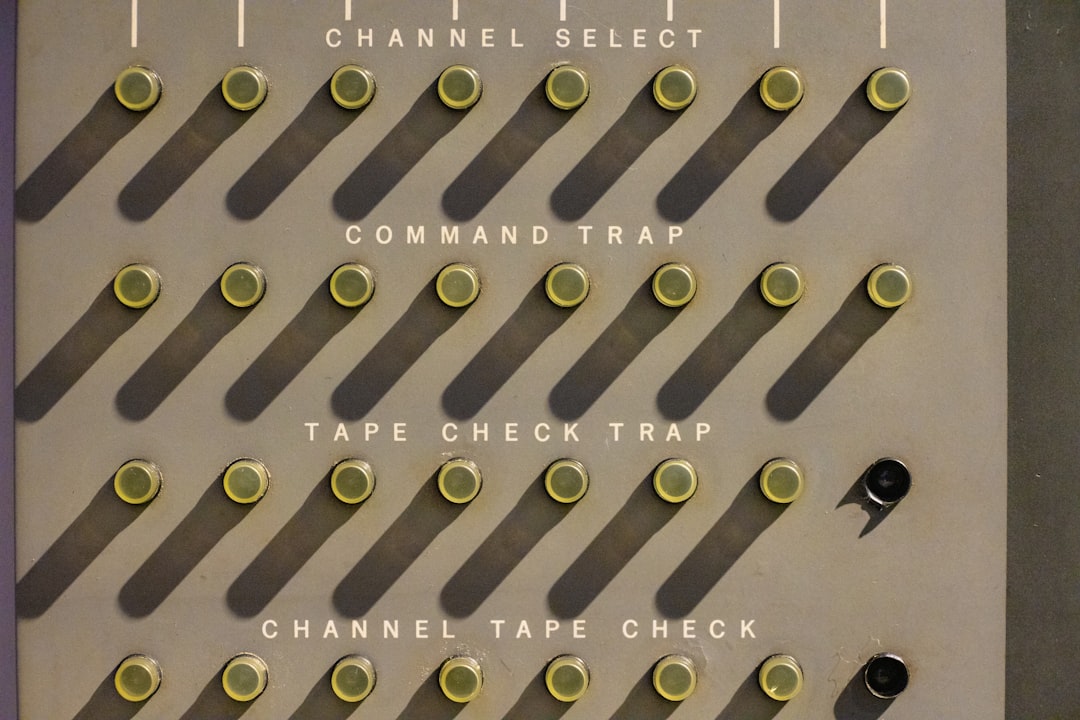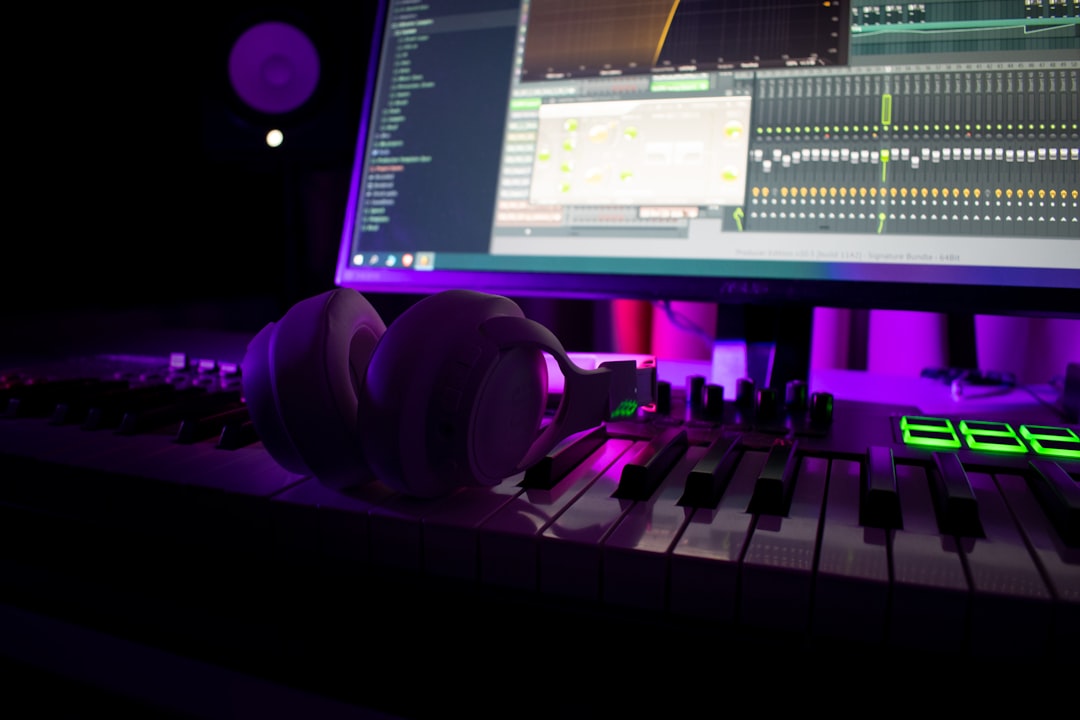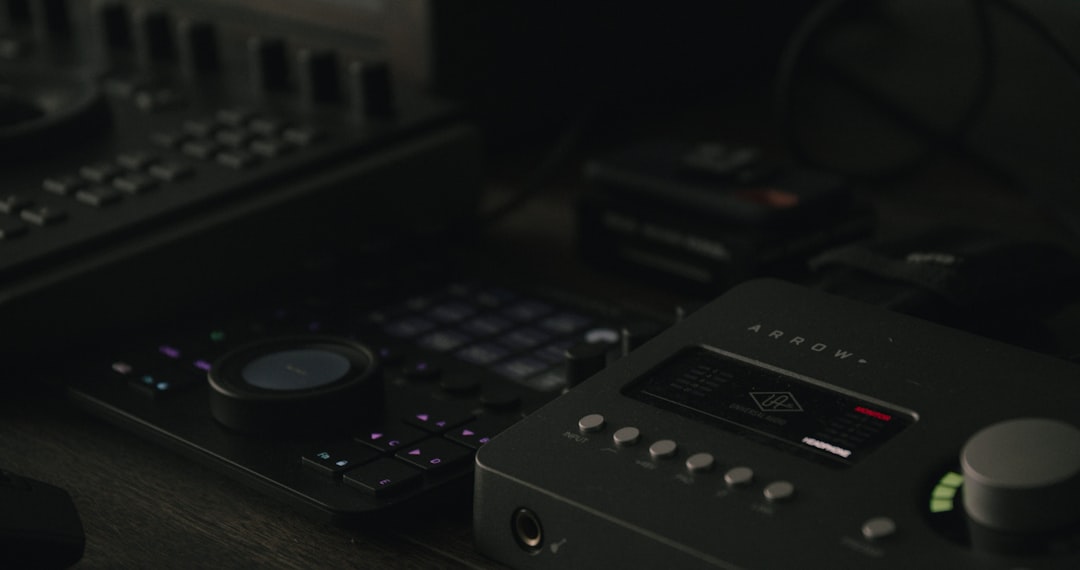Whether you’re a music producer crafting beats, a podcaster enhancing vocals, or just someone tidying up rough audio, one concept you must master in FL Studio is adjusting the decibel (dB) level of audio. Volume control is one of the most fundamental parts of mixing and mastering – a small adjustment can make the difference between muddy chaos and crystal-clear perfection. Understanding how to change dB levels with precision in FL Studio will unlock greater control over your audio.
Contents of Post
TL;DR
Changing the dB level of audio in FL Studio can be done using faders in the Mixer, the channel rack volume knobs, or automation clips for more dynamic control. Each method has its own strengths, and knowing when to use which will help you create a more balanced and polished mix. Don’t forget to keep an eye on peak meters to avoid clipping. With a little practice, these tools will become second nature and dramatically improve your workflow.
What Does dB Level Mean in Audio?
The dB level (short for decibel) is a unit of measurement that represents the loudness or intensity of sound. In the digital realm, it’s usually shown in negative values, where 0 dBFS (decibels Full Scale) is the maximum level before distortion or clipping occurs. In FL Studio and most digital audio workstations (DAWs), you’ll be working below that threshold most of the time, typically between -18 dB and -6 dB, to maintain headroom and clarity in your mix.
Why Adjusting dB is Crucial
If multiple sounds are too loud or soft in relation to each other, the listener’s experience can suffer. The ability to balance audio levels helps with:
- Mix Clarity: Prevent individual audio elements from getting lost or overpowering others.
- Headroom Management: Avoid clipping and distortion by keeping levels under the danger zone.
- Expressive Dynamics: Create intentional soft or loud moments in your track for emotional impact.
Methods for Changing dB Levels in FL Studio
There are several ways you can change the dB level in FL Studio, depending on where your audio is routed and how much control you need.
1. Using the Channel Rack Volume Knob
Each sound you load into FL Studio appears in the Channel Rack. Below the name of each sample or instrument is a tiny knob – this is your volume control for that channel.
To adjust volume:
- Click and drag the knob up or down to increase or decrease volume.
- For fine control, hold down the Ctrl key while dragging.
- To reset the knob to default, right-click and choose Reset.
This method is great for making quick, broad adjustments to instruments like drums, synths, or imported samples before they hit the Mixer.

2. Adjusting Levels in the Mixer
The FL Studio Mixer offers more precise control over audio. Once your sound is assigned to a Mixer track, you can adjust its dB level using the track fader.
To adjust mixer levels:
- Open the Mixer by pressing F9 or clicking the Mixer icon.
- Select the track you want to edit.
- Use the vertical volume fader to raise or lower the dB level.
- Hold Alt while dragging for fine-tuning.
FL Studio provides dB feedback as you move the fader, typically ranging from -inf dB (silent) to +6 dB. The Mixer also includes metering tools like peak level meters and wave analyzers, which help you visually judge whether your audio is at a healthy level.
3. Using Automation Clips
Automation is the secret weapon for creating dynamic tracks. An automation clip lets you adjust volume over time, making it ideal for fades, drops, and dynamic transitions.
To create a volume automation:
- Locate the Mixer track or Channel you wish to control.
- Right-click the fader or knob and select Create Automation Clip.
- This will place a new automation pattern in the Playlist.
- Insert points on the line and drag to change levels at different moments in your track.
This method is essential when you’re working on builds, breakdowns, or want a track to gradually fade in or out. It allows for surgical precision in how volumes change throughout your production.

Tips for Better Volume Control
- Use Reference Tracks: Load a commercial song into your project and match general volume levels to understand how your mix compares.
- Check Peak and RMS: Use FL Studio’s metering tools like Wave Candy to view both dB peak and RMS levels, giving you a better understanding of your track’s loudness.
- Avoid Clipping: When audio exceeds 0 dBFS, it clips and distorts. Even if it sounds okay on your setup, it won’t translate well across devices. Keep your mix peaking around -6 dB to leave headroom for mastering.
- Use Gain Plugins if Needed: Sometimes, neither the channel knob nor the Mixer fader gives you enough control. Insert a gain plugin like Fruity Balance to further manipulate volume.
How dB Changes Impact Perceived Loudness
The human ear doesn’t perceive loudness linearly. For example, a 3 dB increase sounds like a slight boost, whereas a 10 dB increase sounds roughly twice as loud. This is important when you’re adjusting multiple instruments. Minor changes can have major psychological effects on the listener.
Pro Tip: When making A/B comparisons between volume levels, louder often sounds better even if it isn’t. Be sure to level-match when testing EQ changes, compression, or effects.
Troubleshooting Volume Issues
If you’re finding uneven or inconsistent volume behavior, these are common culprits:
- Multiple Volume Controls: Check both the Channel Rack and Mixer to ensure you’re not unintentionally doubling up volume changes.
- Plugins with Internal Gain: Many VST plugins have gain settings that can increase output volume without touching FL Studio’s controls. Always check inside your synths and effects.
- Master Channel Adjustments: Avoid adjusting the master fader to control mix volume—it should remain untouched until final mastering. Always mix individual elements instead.

Final Thoughts
Changing dB levels in FL Studio isn’t just about making something “louder” or “quieter”—it’s about crafting a sonically balanced and professional-sounding mix. With tools like the Channel Rack, Mixer, and Automation Clips at your disposal, achieving volume consistency becomes not just easier but more creative.
Ultimately, volume control is at the heart of any great audio production. Mastering how to change and manage dB levels puts you well on your way to becoming a more skilled and confident producer in FL Studio.

